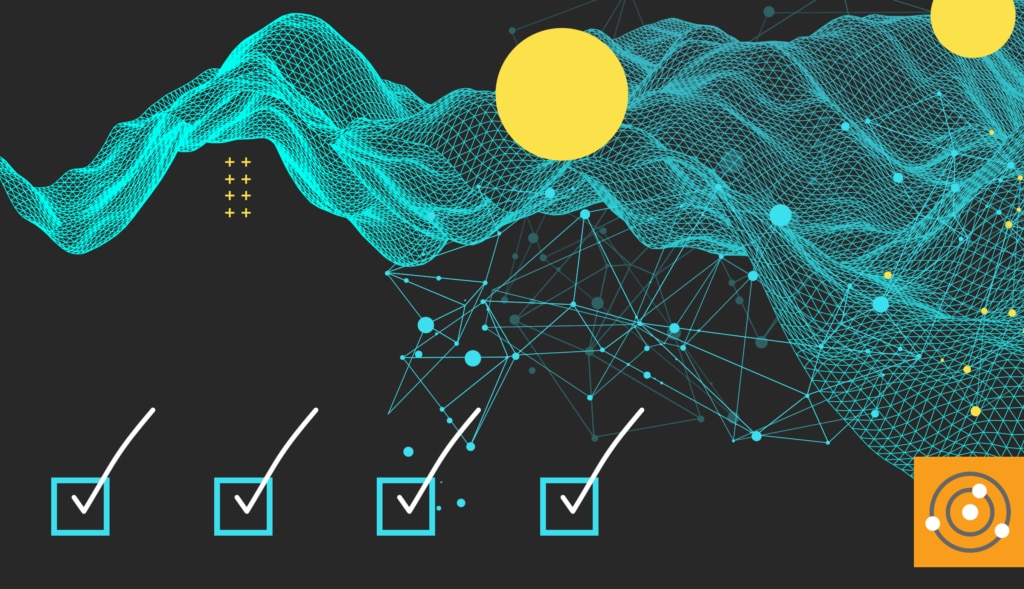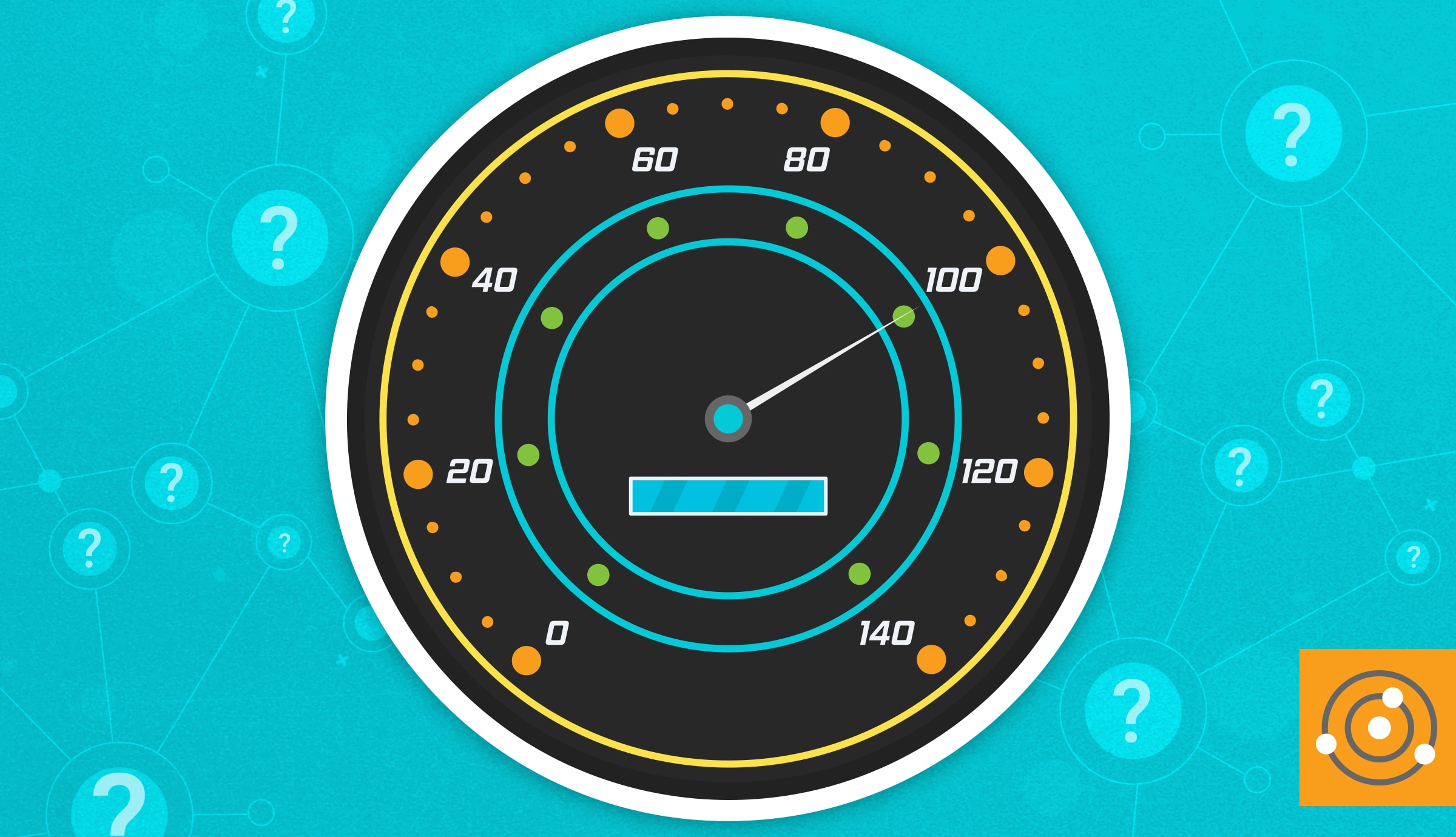Given the increasing complexity IT infrastructures (network, storage, compute, platforms, etc.), application performance management (APM) solutions have become a critical element in the toolbox of IT managers, DevOps, and developers. And, for good reasons. APM can pay handsome dividends in terms of quickly resolving bandwidth constraints, availability issues, and enhancing the credibility of your business.
Evaluating Your Needs for Application Performance Management
To keep the cogs in the wheels of today’s application environment running smoothly, you need 360-degree visibility and the right tools to proactively diagnose and troubleshoot problems, which isn’t always easy. Applications are more complex, dynamic, and distributed, accessed on varying devices and platforms, each with different configurations and requirements.
Before choosing APM software, ask yourself if your organization needs to:
- Optimize application and infrastructure performance
- Enhance end-user experiences
- Improve efficiency and productivity
- Decrease downtime
- Meet application and end-user SLAs
- Reduce events and mean-time-to-resolution
- Bring down operational costs
If you aren’t satisfied with your organization’s performance in any of the areas mentioned here, keep reading.
What’s the DNA of an Ideal APM Solution?
Minimally, most pundits agree a comprehensive APM solution should provide visibility across legacy, modern applications and other heterogeneous environments, and should support flexible deployment models: on-premises, software as a service (SaaS), hybrid, and so on.
Depending on your organization’s IT roadmap, the solution could help facilitate and accelerate your digital transformation initiatives.
From the DevOps standpoint, APM tools need to also integrate with ITOps tools for unified event correlation and ticketing solutions, application lifecycle management, and functional and performance testing.
Now, consider the APM implications inherent in emerging technologies like artificial intelligence (AI) and machine learning (ML). Both require infinite scalability, continuous throughput, and real-time responsiveness.
To meet these demands, now and in the future, it might be prudent to look for an APM solution capable of better root cause analysis, managing various application architectures, tracking user interactions to pinpoint latencies and bottlenecks, and offering proactive/predictive APM monitoring capabilities.
What Are Your Criteria for Success?
Do you know what functionality your APM solution needs to deliver?
Defining your business goals and objectives (increasing revenue, lessening risk, and cutting costs) is essential to selecting the best APM solution for your company. For application owners putting together a due diligence checklist, consider the importance of these aspects:
- Complexity—Will your APM solution need to manage a few applications or hundreds? Are these applications all located in-house, or are they also in the cloud? What application models do they adhere to (monolithic, services, and/or microservices)? What languages are applications written in? Where are you in your infrastructure modernization journey? Do you need SaaS-only, on-premises solutions, or both? Commercial off-the-shelf (COTs) applications, SaaS packaged applications, custom applications?
- End user—Some APM tools with digital experience monitoring are geared specifically toward application developers, which may be too restricting for non-dev users.
- KPIs—Does the solution you’re considering measure the KPIs you need? For example, do need granular data on aspects like code-level diagnostics or to track performance by certain parameters like user location? Does the solution provide insightful reports?
- Visual representation—How necessary are graphics? What type of users and how many will be accessing and using this information? C-suite executives, who need simplified visualizations to digest the data quickly? Or are data experts the only people on the team accessing and interacting with the information outputs?
- Scalability—Does the APM solution only need to solve your application/service management problems now, or will it need to scale much larger as your operations grow? Is the architecture robust enough to scale easily? Is it flexible? Or does it pin you down to proprietary hardware or handle a limited number of metrics or applications?
- Pricing—The cost of APM solutions is all over the map. As you might expect, less sophisticated tools are low cost or available for free, while more features, more users, and additional scalability typically cost more. This said, the pricing models for modern APM (like SolarWinds) are built specifically to make large-scale APM implementations affordable and common, rather than rare. What’s your budget? Does the pricing structure work? What’s included, and what options might cost extra?
- Support—What support options are available? Are they 24/7? Does the vendor position itself as more of a partner than a service provider to ensure the success of your APM implementation?
Is It Time to Re-evaluate Your Application Performance?
If your existing solution is more than three years old, the answer is almost certainly yes.
APM has modernized rapidly to keep up with the fast pace of DevOps, ITOps, public cloud, containers, and microservices-based applications pushing ahead on the front edge of application innovations.
Optimizing performance and availability requires capabilities beyond simply monitoring metrics on a dashboard. ITOps needs to continously know all applications are performing as expected, wherever they and their users are.
Without insights into applications—from code creation to user experience and all the infrastructure in between—your organization won’t be able match the responsiveness of competitors or quickly resolve performance and availability issues.
With the right APM solution, IT departments can parse and analyze data based on the specific needs of businesses and their customers.
How well does your existing APM solution match up with this Checklist for Application Performance and Availability?







